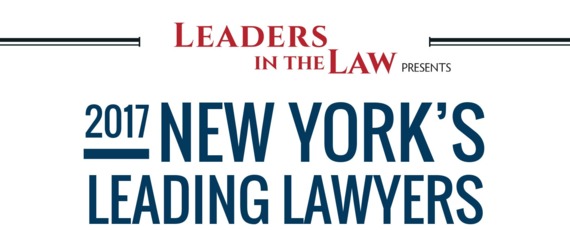In New York State, car accident victims are entitled to seek emotional distress as one of the damages in a personal injury lawsuit. In most cases, emotional distress must be claimed, along with physical injuries. There is an exception– when a spouse or child is in the vehicle, or bystanders and witness a loved one’s fatal injury. Though this is rare, emotional distress can be included as part of a wrongful death lawsuit– even if the survivor was not physically harmed in the crash. Survivors who are unsure whether they are eligible to pursue compensation can always contact Friedman, Levy, Goldfarb, Green & Bagley’s New York City car accident lawyers for a free, no-obligation consultation.
What is emotional distress?
Emotional anguish can take a lifelong toll on a person following a severe accident. Extreme sorrow, pain, and anxiety lead to physical manifestations such as sleep disorders and nightmares, increased or loss of appetite, irritability, anger, headaches, diarrhea, constipation, stomach upsets. It also includes chronic pain, fatigue, lethargy, memory problems, lack of interest in daily activities, and erratic mood swings. Distress can give way to depression, anxiety, and PTSD over time, increasing the risk of suffering a fatal heart condition, stroke, or cancer.
Is emotional distress the same as pain and suffering?
Sometimes “emotional distress” is filed under the bigger umbrella of “pain and suffering.” Yet, on a broader level, pain and suffering occur when the negligent or malicious actions of another person or entity cause the plaintiff to suffer mental harm such as grief, fear, worry, anxiety, depression, insomnia, anguish, torment, or loss of enjoyment in life. Pain and suffering can encompass other forms of non-economic loss, including physical pain, discomfort, inconvenience, stress, embarrassment, humiliation, disfigurement, loss of consortium, and lost quality of life.
How to prove emotional distress in a personal injury lawsuit
Physical injuries are easier to document, but the emotional impact of an injury can be verified with:
- Therapist documentation
- Prescription medication for anxiety or depression
- A treating physician’s professional opinion
- Expert witnesses who can testify to the plaintiff’s emotional response
- Journals and diary entries detailing symptoms and side effects
- Personal testimony providing personal insight into how life has changed since the accident
How much can you get for emotional distress?
Insurance adjusters typically attempt a lowball offer for emotional distress, mental anguish, and pain and suffering. For this reason, many accident victims choose to work with the counsel and advocacy of a personal injury lawyer. They will ensure they receive an appropriate settlement amount. It’s not uncommon to see jury verdicts in the tens or hundreds of thousands of dollars in these cases. Multi-million-dollar awards are rare, but possible, depending on the nature of the crash.
Juries generally award more money to plaintiffs if the distress is particularly severe, long-lasting, or directly linked to the accident rather than a pre-existing condition. Psychological distress that gets in the way of familial relationships, employment, lifelong hobbies, and daily activities tend to garner higher payouts.
Plaintiffs who have a criminal record, inconsistent testimony, an unclear diagnosis, or a brash demeanor may have trouble collecting maximum damages. The legal teams at Friedman, Levy, Goldfarb, Green & Bagley work hard to prepare plaintiffs taking the stand to testify on their behalf. We also work with a range of experts from crash reconstructionists and respected surgeons to esteemed psychologists and vocational trainers who can testify on the plaintiff’s behalf.
Contact us for a free consultation
In New York State, plaintiffs generally have three years to file a personal injury lawsuit following a crash. Like physical injuries, mental injuries are subject to the same statute of limitations. Missing this deadline could jeopardize the right to recovery. Many cases resolve long before trial, but having a legal advocate makes all the difference. Contact New York City personal injury lawyers at Friedman, Levy, Goldfarb, Green & Bagley, P.C. for a free consultation to explore the next step as soon as possible.






